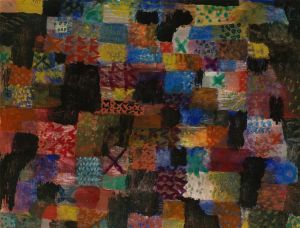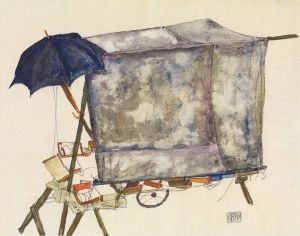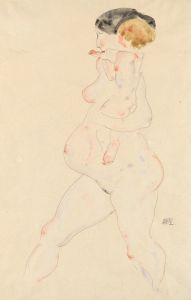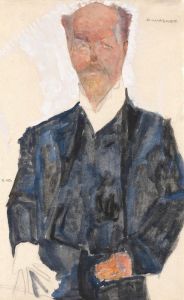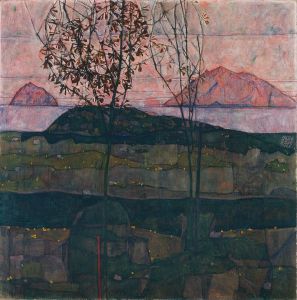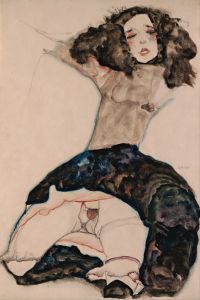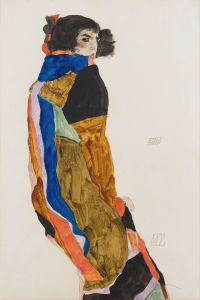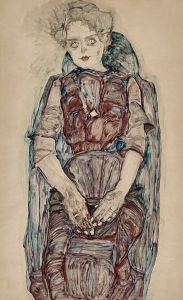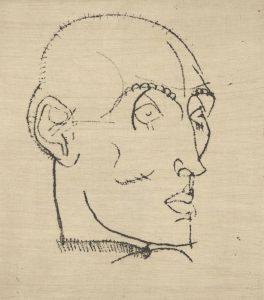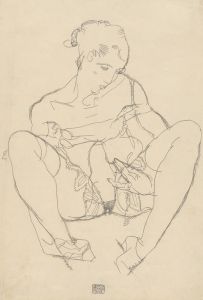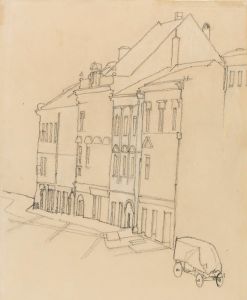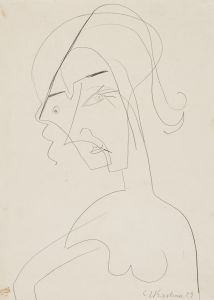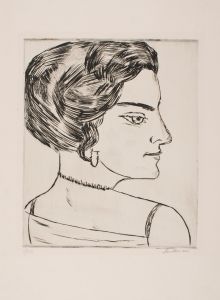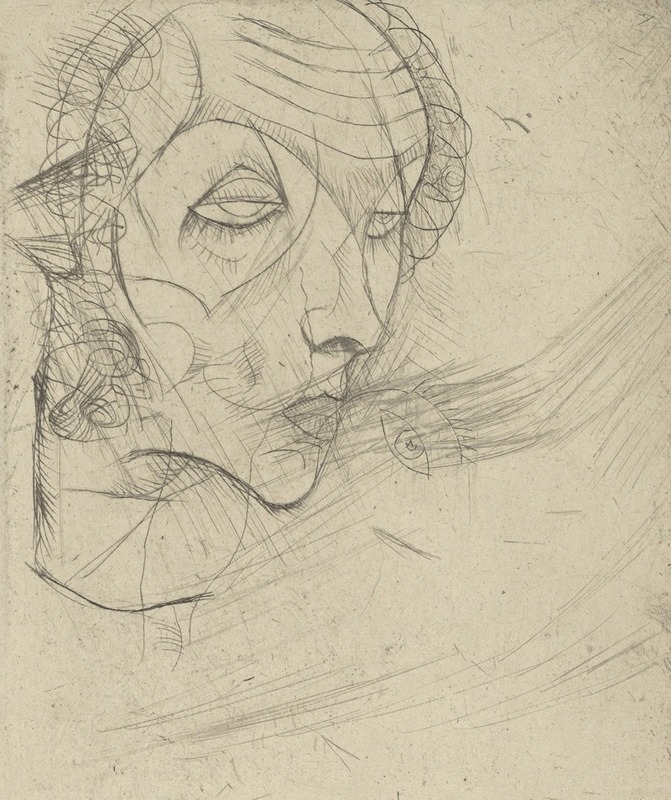
Self-portrait
A hand-painted replica of Egon Schiele’s masterpiece Self-portrait, meticulously crafted by professional artists to capture the true essence of the original. Each piece is created with museum-quality canvas and rare mineral pigments, carefully painted by experienced artists with delicate brushstrokes and rich, layered colors to perfectly recreate the texture of the original artwork. Unlike machine-printed reproductions, this hand-painted version brings the painting to life, infused with the artist’s emotions and skill in every stroke. Whether for personal collection or home decoration, it instantly elevates the artistic atmosphere of any space.
Egon Schiele, an Austrian painter known for his distinctive style and raw emotional intensity, created several self-portraits throughout his career. These works are notable for their exploration of the human form and psyche, often characterized by bold lines, stark compositions, and a vivid use of color. Schiele's self-portraits are a significant part of his oeuvre, reflecting his introspective nature and the influence of his mentor, Gustav Klimt.
Schiele was born in 1890 in Tulln, Austria, and showed an early interest in art. He studied at the Academy of Fine Arts in Vienna, where he was influenced by the prevailing styles of the Vienna Secession, a movement that sought to break away from traditional academic art. Schiele's work is often associated with Expressionism, a movement that emphasized the expression of emotional experience rather than physical reality.
His self-portraits are particularly revealing, offering insight into his self-perception and artistic evolution. Schiele's approach to self-portraiture was unconventional; he often depicted himself in contorted poses, with exaggerated features and a stark, almost skeletal appearance. This style was part of his broader interest in exploring themes of identity, sexuality, and mortality.
One of the key aspects of Schiele's self-portraits is their psychological depth. He often portrayed himself with an intense gaze, capturing a sense of vulnerability and introspection. These works are not merely representations of his physical appearance but are imbued with a sense of existential inquiry. Schiele's use of line and color further enhances the emotional impact of these portraits. His lines are often sharp and angular, creating a sense of tension and dynamism, while his color palette ranges from muted earth tones to vibrant hues, adding to the emotional resonance of the works.
Schiele's self-portraits also reflect his interest in the human body and its expressive potential. He frequently depicted himself nude or partially clothed, challenging traditional notions of modesty and decorum. This approach was controversial at the time and contributed to Schiele's reputation as a provocative and avant-garde artist.
Throughout his career, Schiele faced both critical acclaim and controversy. His work was often criticized for its explicit content and perceived moral ambiguity. Despite this, he gained a following among collectors and fellow artists, and his work was exhibited in several important exhibitions, including the Vienna Secession.
Tragically, Schiele's career was cut short when he died in 1918 at the age of 28, a victim of the Spanish flu pandemic. Despite his brief career, Schiele left a lasting impact on the art world, and his self-portraits remain some of his most compelling and studied works. Today, they are held in major collections around the world and continue to be celebrated for their innovative approach and emotional depth.
In summary, Egon Schiele's self-portraits are a testament to his skill as an artist and his ability to convey complex psychological states through his work. They offer a unique window into his inner world and continue to captivate audiences with their boldness and intensity.





